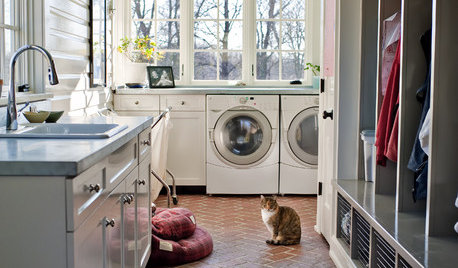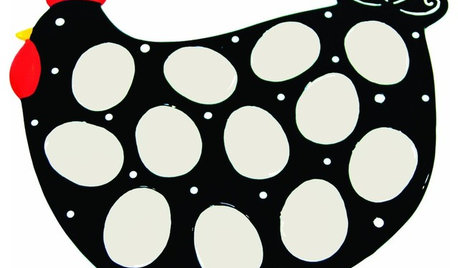Hypoestes phyllostachya (Polka Dot Plant?) help
SarahofLayton
11 years ago
Related Stories

HOUZZ TOURSMy Houzz: Cozy Country Meets Bohemian Artistic in Australia
Healthy helpings of salvage and rustic art give a pastureland home free-spirited style
Full Story
HOUSEKEEPINGAnother Independence Day: When Kids Can Do Their Laundry
Set yourself free and give your child a valuable life skill at the same time
Full Story
PRODUCT PICKSGuest Picks: Egg Platters to Keep Those Devils in Their Place
You just might cluck with delight over these perfectly portioned egg plates for Easter and beyond
Full Story
GARDENING GUIDES10 Creative Ideas for Cactus and Succulent Gardens
Arrange cactuses and succulents amid salvaged treasures, against a vibrant painted wall or in terraced beds
Full Story
LIVING ROOMSRoom of the Day: Redone Living Room Makes a Bright First Impression
A space everyone used to avoid now charms with welcoming comfort and a crisp new look
Full Story
LIFE9 Ways to Unclutter Your Holiday
If piles of gift wrap, boxes and extra items are weighing you down, clear the way to enjoy a serene holiday with these decluttering tips
Full Story
PRODUCT PICKSGuest Picks: 20 Perfect Housewarming Gifts
Celebrate anyone's new digs with thoughtful, inspired gifts as low as $10
Full Story










Tiffany, purpleinopp Z8b Opp, AL
SarahofLaytonOriginal Author
Related Professionals
Accokeek Landscape Architects & Landscape Designers · Saint Matthews Landscape Architects & Landscape Designers · Tempe Landscape Contractors · Bergenfield Landscape Contractors · Chesapeake Ranch Estates Landscape Contractors · Kahului Landscape Contractors · Mastic Beach Landscape Contractors · Pahrump Landscape Contractors · Quincy Landscape Contractors · Seven Hills Landscape Contractors · Smyrna Landscape Contractors · South Lake Tahoe Landscape Contractors · Yukon Landscape Contractors · North Hills Landscape Contractors · Wanaque Interior Designers & DecoratorsTiffany, purpleinopp Z8b Opp, AL
SarahofLaytonOriginal Author
Tiffany, purpleinopp Z8b Opp, AL
SarahofLaytonOriginal Author
Tiffany, purpleinopp Z8b Opp, AL
SarahofLaytonOriginal Author
Tiffany, purpleinopp Z8b Opp, AL
The Ficus Wrangler
SarahofLaytonOriginal Author
tapla (mid-Michigan, USDA z5b-6a)
birdsnblooms
The Ficus Wrangler
Tiffany, purpleinopp Z8b Opp, AL
The Ficus Wrangler